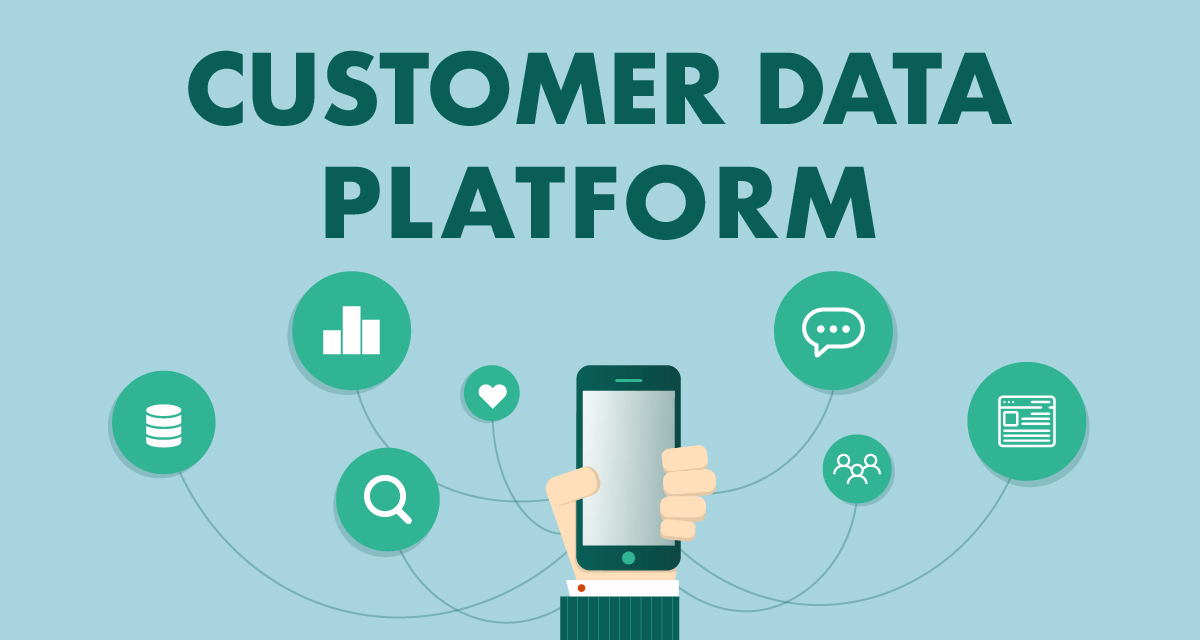
Unlocking the Power of Customer Insights: An In-Depth Look at Customer Data Platforms
In the era of digital transformation, understanding and engaging with customers on a deeper level has become paramount for businesses aiming to stay competitive. Enter the Customer Data Platform (CDP), a revolutionary tool designed to aggregate and organize customer data across multiple touchpoints. This comprehensive guide explores the importance of CDPs, how they stand out from traditional Customer Relationship Management (CRM) systems, and why they are essential for crafting personalized customer experiences and driving effective marketing strategies.
Understanding Customer Data Platforms
At its core, a Customer Data Platform is a sophisticated system that collects, integrates, and manages customer data from various sources, including both online and offline channels. This integrated data repository allows organizations to construct a cohesive, unified view of each customer, enabling personalized engagement and strategic marketing decisions.
The Significance of CDP in Modern Marketing
The primary advantage of a CDP lies in its ability to provide a 360-degree view of the customer. By harmonizing data from disparate sources into a single customer profile, businesses can understand their customers' behaviors, preferences, and interactions with the brand. This insight is crucial for developing personalized marketing strategies that resonate with individual customer needs and expectations, leading to enhanced customer satisfaction and loyalty.
CDP vs. CRM: Navigating the Differences
While both Customer Data Platforms and Customer Relationship Management systems aim to improve business-customer relationships, they serve different functions. CRMs focus on managing company-customer interactions, sales tracking, and pipeline management. In contrast, CDPs delve deeper into analyzing customer behavior and preferences beyond direct interactions, providing a comprehensive dataset that supports targeted marketing efforts and informed decision-making.
Why Organizations Should Embrace CDP
Adopting a CDP Tool equips businesses with the capability to leverage their customer data more effectively. Below are key reasons why organizations should consider integrating a CDP into their marketing technology stack:
Enhanced Personalization and Customer Experience
With a CDP Tool, companies can tailor their marketing messages and campaigns to meet the unique needs of each customer. This level of personalization enhances the customer experience, leading to higher engagement rates, improved customer satisfaction, and increased loyalty.
Streamlined Data Management
Customer Data Platforms simplify the process of data collection, integration, and management. By providing a centralized platform for customer data, businesses can eliminate data silos, ensuring all teams have access to consistent, up-to-date customer information.
Informed Decision-Making
The unified customer profiles created by CDPs offer valuable insights into customer behaviors and trends. These insights enable marketers to make data-driven decisions, optimize marketing strategies, and achieve better outcomes.
Better Compliance and Data Privacy
In today's environment, where data privacy regulations are becoming increasingly stringent, Customer Data Platforms offer a framework for managing customer data in a compliant manner. By centralizing customer data, CDPs help businesses adhere to privacy laws and regulations, fostering trust with customers.
Implementing a CDP: Best Practices
Implementing a CDP Tool requires strategic planning and consideration. Here are best practices to ensure successful CDP adoption:
- Define Clear Objectives: Identify specific business needs and goals that the CDP will address. This clarity will guide the selection process and ensure the platform aligns with business objectives.
- Ensure Data Quality: The effectiveness of a CDP depends on the quality of data it processes. Establishing data governance policies and practices is essential to maintain high-quality data.
- Foster Cross-Functional Collaboration: Successful CDP implementation requires collaboration across marketing, IT, sales, and customer service teams. This collaborative approach ensures the platform supports diverse business needs.
- Choose the Right CDP Tool: With numerous CDP Tools available, selecting the right platform can be daunting. Consider features, scalability, integration capabilities, and vendor support when making your decision.
Conclusion
In an age where personalized customer experiences are the key to competitive advantage, Customer Data Platforms emerge as a critical asset for businesses. By offering a unified view of customer data, CDPs enable organizations to engage customers more effectively, make informed decisions, and drive successful marketing strategies. As businesses continue to navigate the complexities of the digital landscape, the role of CDPs in shaping the future of customer engagement and marketing cannot be overstated. Embracing a CDP Tool is not just an investment in technology—it's an investment in a deeper, more meaningful relationship with your customers.